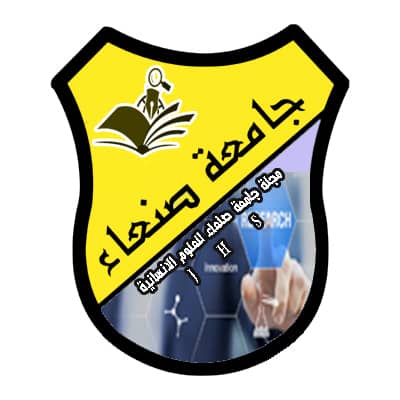Investigating the Strategies of Translating Culture-Specific Terms in Court Documents by Accredited Translators
Main Article Content
Abstract
Culture-specific terms (CSTs) represent one of the thorniest issues in translation, particularly legal translation, as they are culturally rooted and heavily loaded with specific traditional connotations and functions. Thus, translating CSTs, particularly used in court documents, not only requires a bilingual and bicultural translator but also professional knowledge of translation strategies, which play an indispensable role in translating such terms. This study aimed to explore and examine translation strategies employed by Yemeni accredited translation offices when translating CSTs in Yemeni court documents. To achieve the study objective, Ghazala’s (2015) taxonomy of strategies for translating culture-specific terms was adopted to analyze and assess the strategies applied by the study participants who were randomly selected from Sana'a-based translation offices. They were requested to translate a validated list of CSTs randomly selected from various legal documents at Yemeni courts. The study results revealed that the majority of the study participants (38%) applied the literal translation strategy, which yielded inappropriate translations oriented towards the source language. Only a small number (2%) of them used strategies that led to semantically and functionally acceptable translations. Therefore, it is recommended that strategies for translating cultural items proposed by Ghazala’s (2015) taxonomy be introduced to translation programs in departments of translation to prepare translation students for the labor market.
Downloads
Article Details

This work is licensed under a Creative Commons Attribution-NonCommercial-NoDerivatives 4.0 International License.

